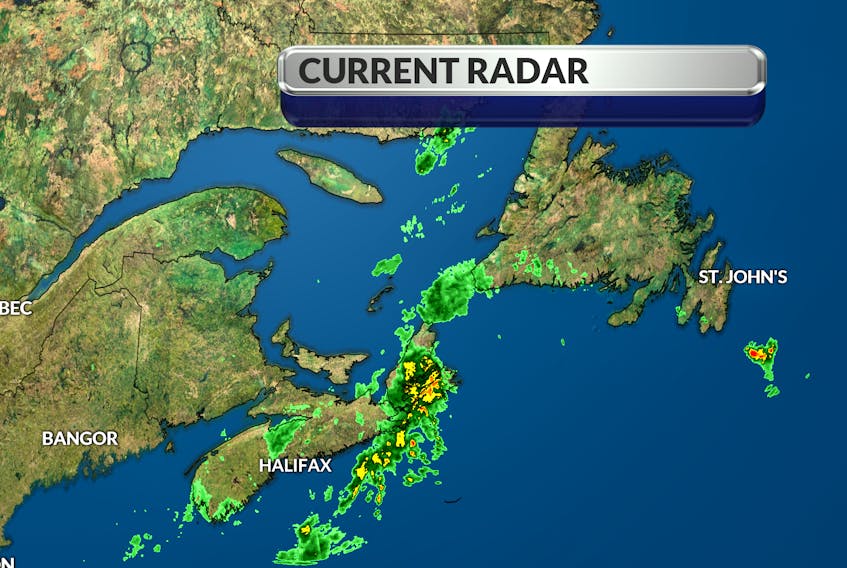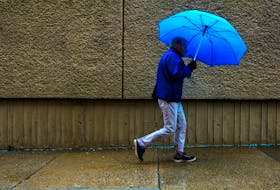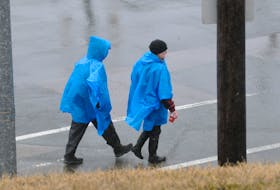The July 18 cold front came through with some very welcome rain; embedded in the area of rain were thunderstorms. I love a good thunderstorm. I’m not sure why. My mother and grandmother were both deathly afraid of them. In fact, Grandma used to sprinkle holy water in the window to keep the storms away from the farmhouse.

Almost as much fun as watching them roll across the sky is watching them develop on a radar screen. The other day I was talking with a friend about thunderstorms and he said it was “too bad we didn’t have Doppler radar in Canada.”
Many of the U.S. TV stations label their storm coverage as “Doppler weather.” That’s not incorrect, but it’s not as impressive as it might sound. The Doppler radar uses the Doppler effect to produce velocity data about objects. “Doppler,” named after Christian Doppler, is the change in frequency and wavelength of a wave as perceived by someone moving relative to the source of the waves.
Here's an example:
The sound of a siren on a passing ambulance will start out higher than its stationary pitch, slide down as it passes and then continue lower than its stationary pitch as it moves away. The sound of the siren changes because it doesn't hit you. In other words, if the ambulance came right at you, the pitch would remain constant until the vehicle hit you and then immediately jump to a new, lower pitch. Because the vehicle passes by, the radial velocity does not remain constant. And that, in a nutshell, is the Doppler effect.
I should point out that partly because it’s so commonly used by television meteorologists in the U.S., the term "Doppler radar" has become synonymous with the type of radar used in meteorology. That’s no longer the case. Today, most tracking is done with the help of Doppler and Weather Surveillance Radar technology.
By the way, Doppler is far from new: Christian Doppler described the phenomenon in 1842 and Doppler radar was used by the military in the 1940s.
- Want more weather information? Visit WeatherByDay.ca
- Have a weather question, photo or drawing to share with Cindy Day? Email [email protected]
Cindy Day is the chief meteorologist for SaltWire Network.









